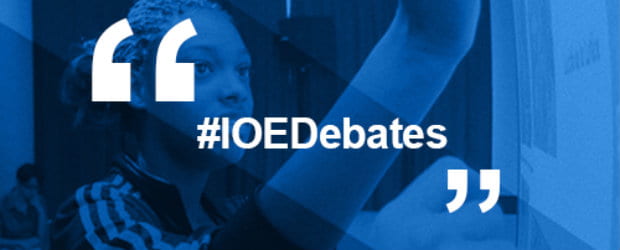The latest paper from the Education Endowment Foundation highlights the 25% of 11-year-olds in poverty each year who fail to reach national curriculum level 4, and the devastating impact that is likely to have on each of those children’s future. What if we could reduce that 25% failure rate to, say 7% – in other words, recover three out of four of those potential failures?
The good news is we can.
In 2012 we traced more than 1200 children who, at the age of six, had been identified as being in the very lowest attaining 20% of the age cohort and who had received Reading Recovery to enable them to catch up with their peers. Those children had just completed Key Stage 2 National Assessments and three out of four of them had achieved national curriculum level 4 in reading, and two out of three in writing (page 32).
In the EEF report, Professor Steve Higgins and his Durham University colleagues demonstrate the gap in attainment for children in poverty, and we see the same at entry to Reading Recovery: children entitled to free school meals are typically twice as likely to be among the lowest attaining identified for the programme at age six. At age 11, the gap between those in poverty and their peers attaining National Curriculum Level 4 had reduced to just 7%. At National Curriculum Level 3 the gap was just over 1% as 19 out of 20 of the previously lowest attaining children, those most likely to fail to reach level 3, reached level 3 or above.
The EEF report shows a grudging respect for one-to-one support over group teaching, but the evidence for intensive, high quality early intervention is compelling.
I would go further. If support offered to the lowest attaining six-year-olds is not enabling them to make four or five times the normal rate of progress, to catch up and stay caught up with their peers, we are not trying hard enough.

 Close
Close




